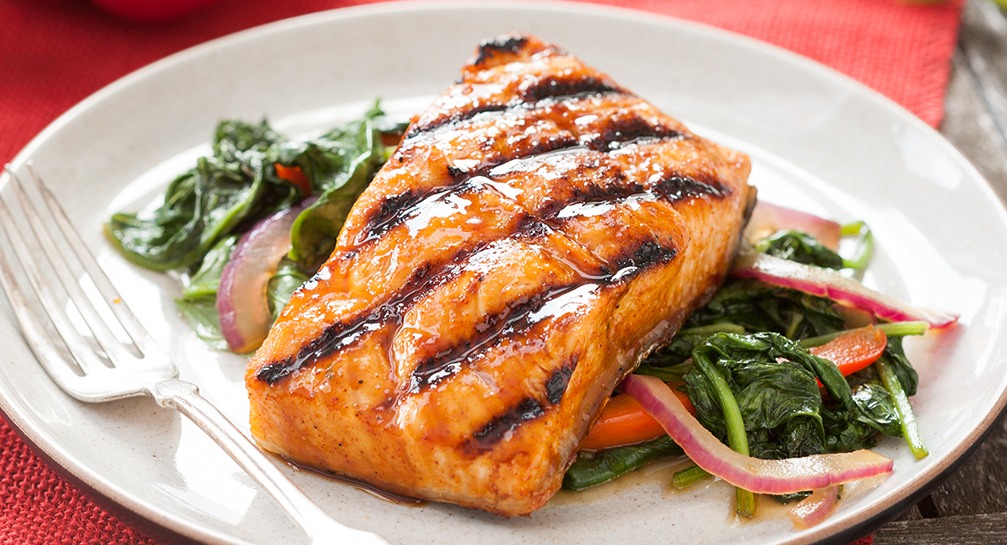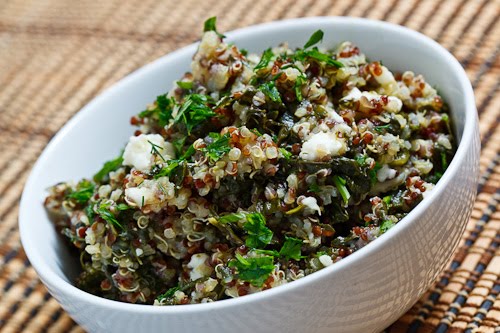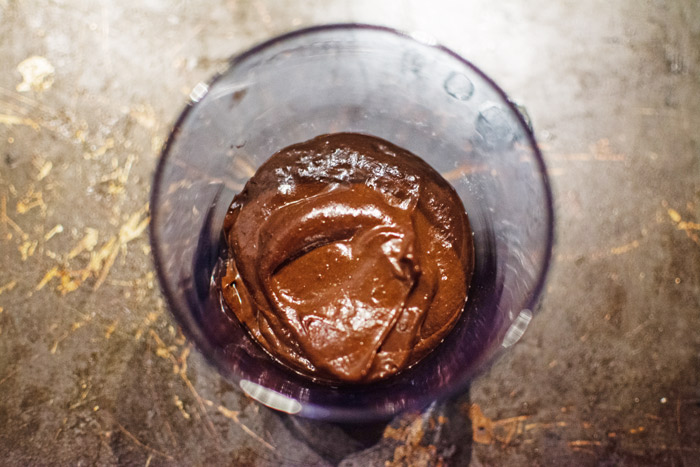With second semester already in full swing, gloomily shortened winter days, and the 45th President of the United States’ rocky first week in office, McGill students currently face countless reasons to feel down. One solution to this can be found in the diet; studies have shown a strong correlation between the foods one consumes and his or her everyday mood. Researchers have specifically identified a total of 11 nutrients that can help give one’s mood a healthy boost: Carbohydrates, proteins, omega-3 fatty acids, B-vitamins, folate, calcium, chromium, iodine, iron, lithium, selenium, and zinc. While these technical terms for the nutrients beneficial to mental wellness may seem complicated, in reality, they are found in common ingredients that many students already have in their kitchen.
While consumption of these foods has been found to be connected to improvements in mood, they are not meant to replace treatment for diagnosed mental illnesses. Rather, these foods are simply part of a lifestyle of self-care that can improve mental well-being in general.
Maple-glazed salmon and spinach

This easy salmon dish with a side of greens makes for a quick, mood-boosting dinner. Salmon is rich in omega-3 fatty acids and vitamin B12; a deficiency in either is often associated with symptoms of depression. Sprinkling the fish with sesame seeds can also improve mood because, like most high-protein foods, they contain tryosine—an amino acid essential to the production of two neurotransmitters that regulate mood and behaviour. Leafy green vegetables, such as spinach or broccoli, contain an array of B-vitamins, including B12. Spinach also contains a large amount of iron, which when absent from the human body, results in a severe lack of energy.
Serves: 6
Ingredients:
- 1 ½ lbs salmon fillets
- 1/4 cup melted butter
- 1/4 cup maple syrup
- 2 tbsp. grainy mustard
- 2 tbsp. soy sauce
- 6 tbsp. black and white sesame seeds (optional)
- 3 tsp. olive oil
- 225g baby spinach leaves
Instructions:
-
Preheat oven to 425° F.
-
Whisk together butter, maple syrup, mustard, and soy sauce. Pour over the salmon pieces in a baking dish. Rub the fish with sesame seeds if desired.
-
Bake for 15-20 minutes.
-
Meanwhile, heat olive oil in a non-stick frying pan, and cook spinach leaves for 2-3 minutes until wilted. Season to taste.
(Recipe courtesy of Marie Labrosse)
Warm quinoa, spinach, and mushroom salad

For a vegetarian alternative to salmon, try a warm spinach salad. This salad also contains spinach, thus retaining the same mood enhancing benefits as the recipe above, combined with the uplifting qualities of quinoa and mushroom. Complex carbohydrates like quinoa trigger the production of serotonin and tryptophan—brain chemicals that contribute to an individual’s mood. Mushrooms are a source of selenium, which has been cited as a nutrient capable of reducing anxiety. As an extra pick-me-up, sprinkle the salad with high-protein seeds like sesame, sunflower, or chia seeds.
Serves: 4
Ingredients:
- 1/2 cup red wine vinegar
- 1/3 cup olive oil
- Salt and pepper
- 2 pounds fresh shiitake or portobello mushrooms, stems removed, caps halved
- 1 ½ cups quinoa
- 1 pound baby spinach
- 8 ounces feta cheese, crumbled
Instructions:
-
Heat broiler and set rack 4 inches from heat.
-
Whisk together vinegar, oil, salt, and pepper for the dressing.
-
On a large rimmed broiler-proof baking sheet, toss the mushrooms with half of the dressing. Broil 20-25 minutes until liquid is almost entirely evaporated, and mushrooms are tender, tossing occasionally.
-
Meanwhile, cook the quinoa. Bring quinoa and 3 cups of water to a boil, then reduce to low heat, cover, and simmer until tender and fluffy.
-
Place spinach in a large bowl with hot mushrooms, quinoa, and the rest of the dressing. Toss to combine, and top with crumbled feta.
(Adapted from marthastewart.com)
Chocolate peanut butter avocado pudding

Consuming an excess of sugar can trigger or worsen anxiety symptoms, but not all desserts are harmful for one’s mood. Some sweet treats contain mood-boosting ingredients, such as this chocolate peanut butter avocado pudding. Avocados are considered to have the strongest positive effect on mental wellness of all foods. They are full of more than a few of the nutrients that improve mental well-being recognized by researchers, including B-vitamins and omega-3 fatty acids. They can also help with falling asleep and improving sleep quality due to their elevated copper content. Additionally, dark chocolate causes the brain to release endorphins and boost serotonin levels. Studies show that sustained consumption of chocolate helps to reduce stress levels and anxiety symptoms, thus making this the perfect dessert to revive low spirits.
Serves: 6
Ingredients:
- 1 1/2 avocados
- 1 banana
- 1/2 cup unsweetened cocoa or cocoa powder
- 1/2 cup creamy or crunchy peanut butter
- 1/2 cup sweetener of choice (maple syrup, agave, date paste, honey)
- 1/4 cup almond milk or other non-dairy milk
Instructions:
-
Add all the ingredients into a food processor and blend until smooth.
-
Adjust the proportions according to your taste: Add more milk to thin the pudding, more cocoa powder to intensify, or more sweetener to obtain a sweeter flavour.
-
Divide between six small serving glasses, protect with plastic wrap, and leave to chill for at least a few hours.
(Adapted from minimalistbaker.com)








